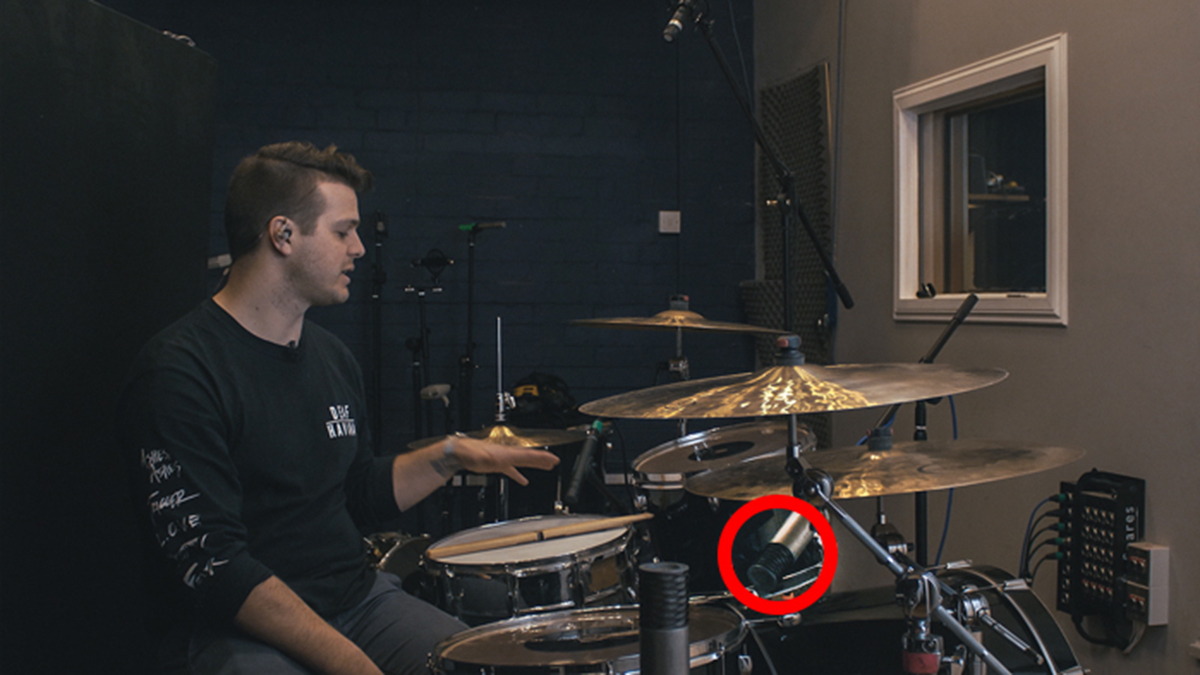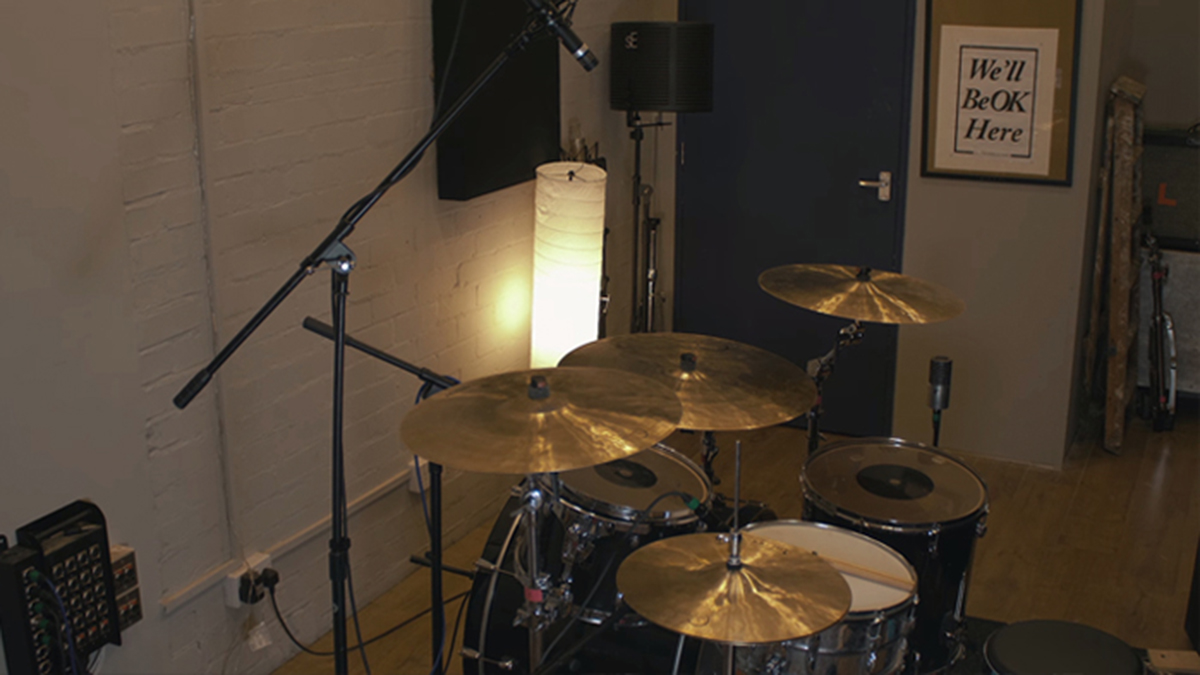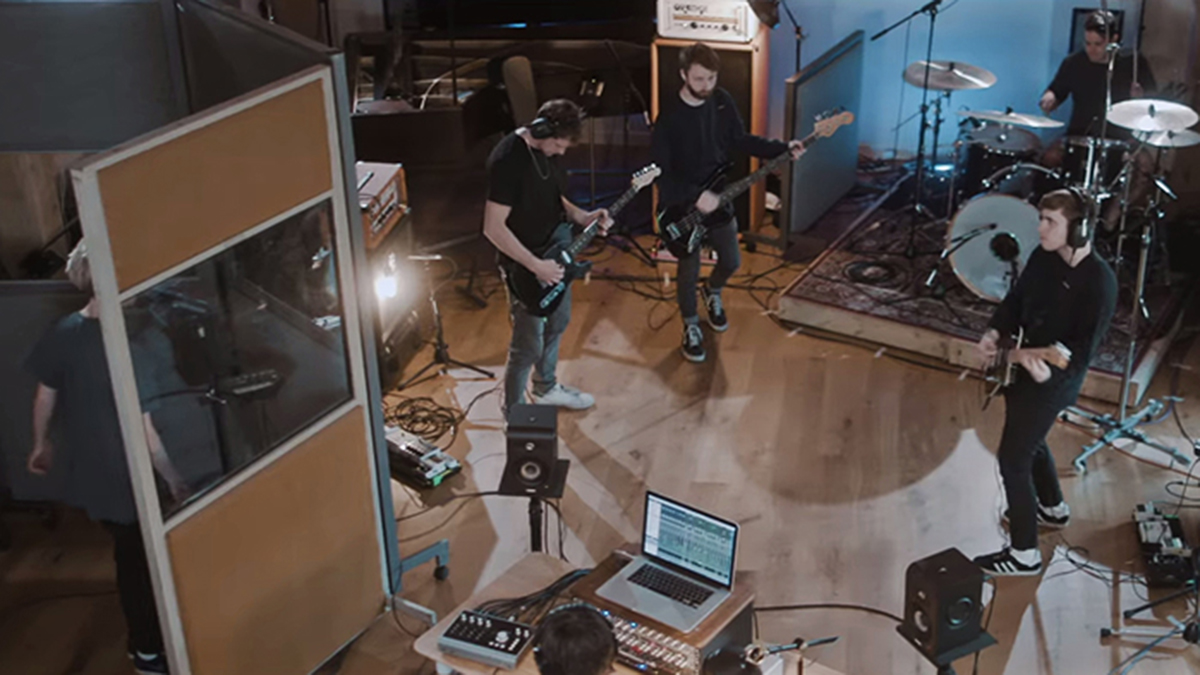How to get great drum recordings with limited microphones
Capturing and mixing drums with up to four mics
Can you get a great drum sound with just one microphone? Well that depends… What mic are you using? Where are you placing the mic? How great does your kit and room sound?
These are all considerations you need to take into account when recording a drum kit with any amount of mics, but for those of you who have a limited selection, this video is for you. Watch Hamish Dickinson of Phoenix Sound as he takes you through recording and mixing drums with up to four mics.
- On a budget? Check out the best cheap microphones
One mic - Challenge accepted
Once you have your room and kit set up, you’re going to want to start thinking about placing the microphone. As you’ll be capturing the kit with only one microphone, placement and microphone type are key.
Since you’re wanting to capture the most accurate sound, a condenser microphone will be the most suitable type for the job. In terms of placing, a good place to start will be in the centre of the kit, just above the kick drum and in between the kick and floor tom. Since you're wanting to pick up the sound from everywhere the microphone should be set to an omnidirectional polar pattern.

Two mics - Bring in the low end
You’ve already got a great sounding drum recording from the one mic, so let’s just add to that. Usually you’ll be missing a bit of definition in the kick drum, so adding a kick drum mic is a must.
Three mics - More control
So you’ve got a more controlled drum sounding drum recording now, but you’re missing a spot mic on arguably the most important drum on the kit, the snare. Having a spot mic on the snare is great because you can now get in there and start experimenting with how the snare sounds. Now add reverb to just the snare track, giving you a more authentic sounding recording. Usually the industry standard SM57 would be used here, but in this case Hamish has deployed a Beyerdynamic M201.
Four mics - This is where things get interesting
If you’re experienced in the world of recording drums, then this technique should come as no surprise. Using the Glyn John’s technique is arguably the best technique to getting a great sounding drum recording when you don’t have many mics available.
In this case, Hamish is omitting the mic that’s sitting in the middle of the kit and instead replacing it with a cardioid condenser mic that sits just right of the floor tom, looking over the whole kit, and another condenser mic above the rest of the kit. These are then panned hard left and right to give you a stereo recording.

Using these techniques is going to be the best way you can get a great sounding drum recording when using limited mics. Just have a look at the video, the results speak for themselves!
Why not check out the Audient Tutorial Hub for more recording tutorials such as How to Make Your Studio Better For Free! and How to get your music on TV and many other great tutorials from industry heavyweights all completely free!
Get the MusicRadar Newsletter
Want all the hottest music and gear news, reviews, deals, features and more, direct to your inbox? Sign up here.
